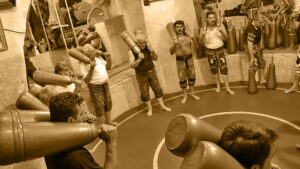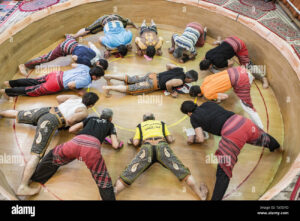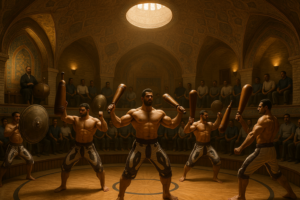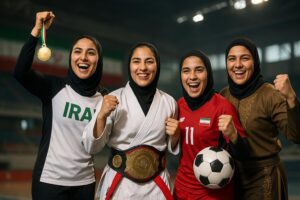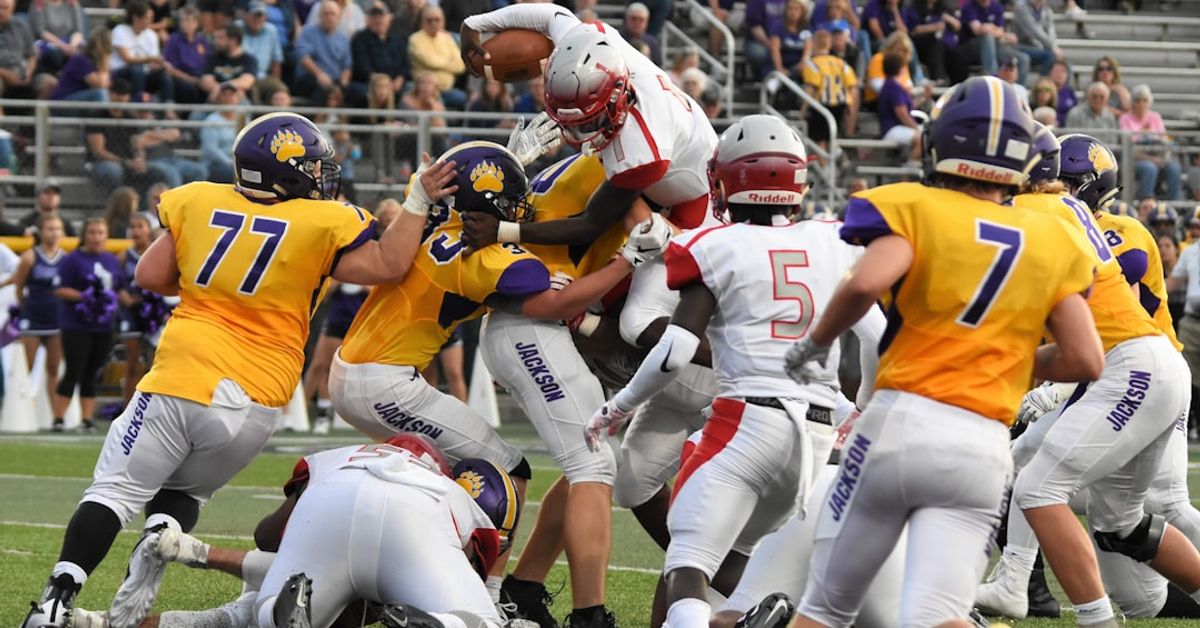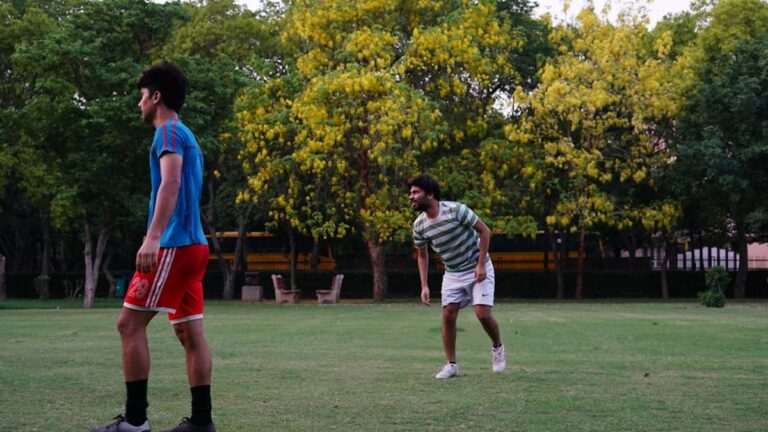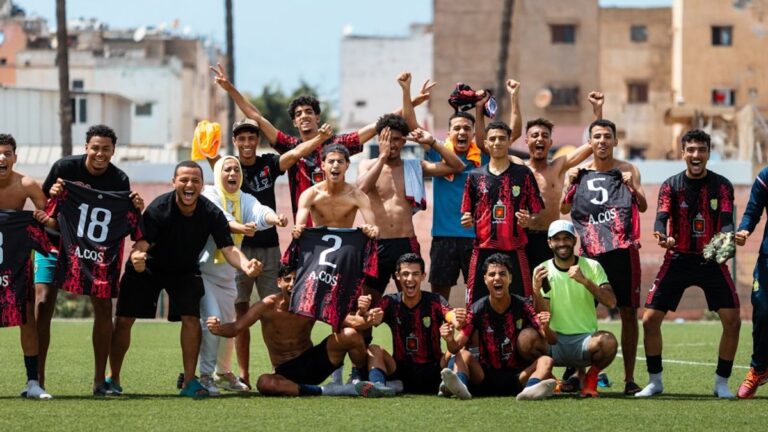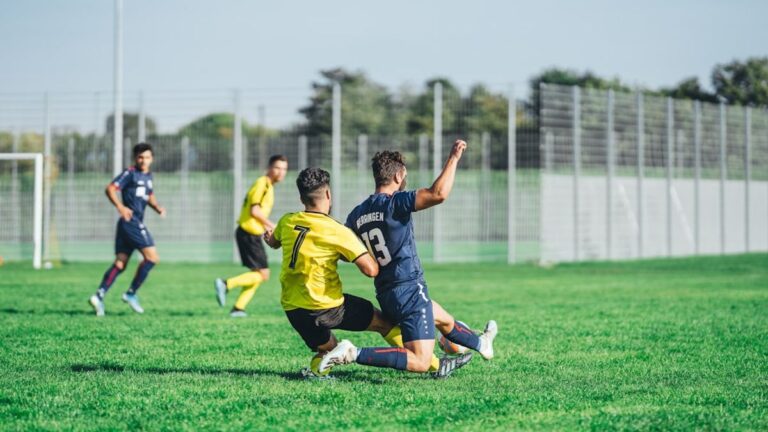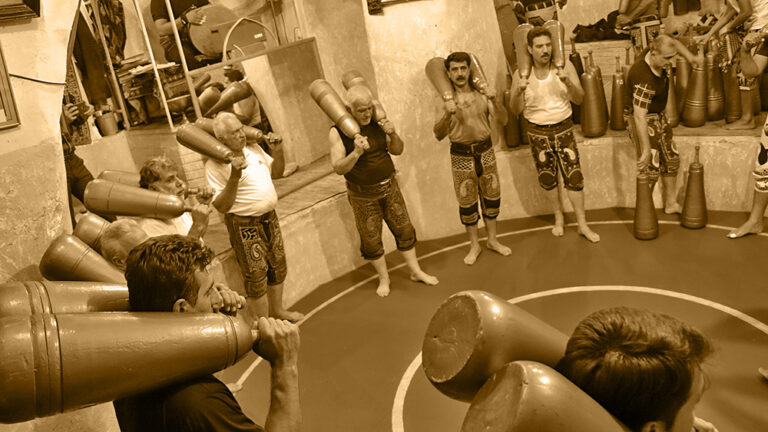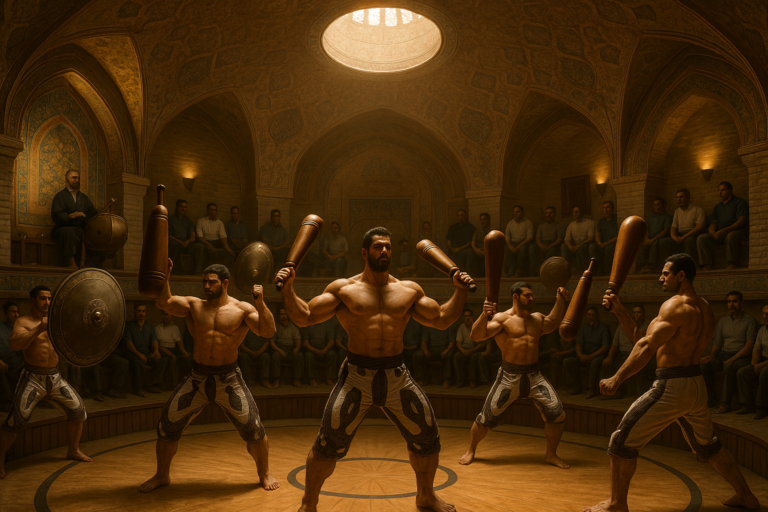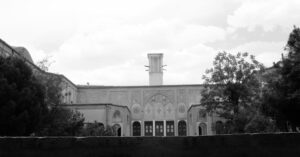The Queiroz Era: A Foundation of Defensive Solidity
When Carlos Queiroz took the helm of Team Melli, Iran’s national football team, in 2011, he brought a breath of fresh air that was as much about discipline as it was about passion. Over his eight-year tenure, Queiroz instilled a defensive solidity that became the backbone of the team’s strategy. I remember watching the 2014 World Cup match against Argentina—a nail-biting experience where Iran’s defensive wall held firm until the closing minutes. Under Queiroz, Iran qualified for two consecutive World Cups, a testament to his tactical acumen and the defensive discipline he instilled in the squad.
Queiroz’s philosophy was rooted in a structured defensive setup, which helped Iran consistently achieve high FIFA rankings in Asia. This approach wasn’t just about parking the bus; it involved a well-drilled team that knew how to soak up pressure and hit opponents on the counter. Key players from his era, like goalkeeper Alireza Beiranvand, became instrumental in this system, and their influence continues in the current squad. For more insights into Queiroz’s impact, you can explore FIFA’s overview of his coaching career.
Shifting Gears: Post-Queiroz Tactical Adaptations and the Search for Offensive Flair
Following Queiroz’s departure, Team Melli has ventured into a phase of tactical experimentation. Under new leadership, there’s been a conscious shift towards incorporating more attacking formations. This transition aims to balance the defensive solidity of the past with a newfound offensive flair. It reminds me of a conversation I had with a fellow football enthusiast at a Tehran café, where we debated the merits of adopting a more aggressive style.
The new coaching staff has been instrumental in bringing fresh perspectives. They have introduced tactics that emphasize ball possession and attacking play, crucial for breaking down stubborn defenses in Asian football. This evolution is particularly important as Iran prepares for upcoming challenges, such as the Asian Cup. To understand the tactical shift, the Asian Football Confederation provides a comprehensive analysis of Iran’s recent matches and strategies.
Emerging Talents and Their Impact on Team Melli’s Strategic Approach
One of the most exciting developments in recent years has been the emergence of young talents within Team Melli. Players like Sardar Azmoun and Mehdi Taremi have not only added depth to the squad but have also been pivotal in the team’s tactical evolution. These players bring a different dynamic, capable of executing high-pressure offensive strategies that were less prevalent during the Queiroz era.
Their impact is evident in how Iran approaches matches now, with a blend of youthful exuberance and tactical maturity. These emerging stars have the potential to be game-changers, influencing not just the team’s immediate tactics but also shaping its long-term strategic direction. If you’re interested in tracking the progress of these rising stars, the official Team Melli website offers detailed profiles and updates.
The Asian Cup Challenge: Analyzing Iran’s Rivals and Tactical Requirements
The upcoming Asian Cup presents a significant test for Iran’s evolving tactical identity. The group stage features a diverse array of opponents, each presenting unique challenges. From the disciplined defense of teams like Japan to the aggressive attacking play of South Korea, Iran will need to demonstrate adaptability and strategic flexibility to advance.
The knockout stages will be even more demanding, requiring Iran to fine-tune its strategies and possibly alternate between defensive resilience and offensive prowess. This adaptability could be the key to overcoming the tactical hurdles posed by their rivals. For a deeper dive into the strategies of Iran’s competitors, the Asian Football Confederation’s official site offers detailed analyses.
Beyond the Asian Cup: Long-Term Vision for Team Melli’s Tactical Development
Looking beyond the Asian Cup, Iran’s long-term tactical development involves nurturing young talent and fostering a cohesive playing style. This holistic approach aims to build a team capable of competing at the highest levels consistently. The focus is not just on immediate success but also on creating a sustainable model for future generations.
The long-term vision includes investing in youth academies and enhancing the domestic league’s competitiveness to ensure a steady pipeline of talent. This strategy will enable Team Melli to maintain its competitive edge and adapt to the ever-evolving landscape of international football. For those interested in the future of Iranian football, resources like the Persian League site provide updates on developmental programs and league enhancements.
Fan Expectations and the Pressure to Perform on the Continental Stage
Iranian football fans are known for their passionate support and high expectations. The Asian Cup is seen as a crucial opportunity for Team Melli to assert its dominance on the continental stage. This expectation brings with it immense pressure, both from the media and the public. The scrutiny can influence tactical decisions, with coaches often caught between implementing long-term strategies and meeting short-term goals.

As someone who has followed Team Melli through thick and thin, I can attest to the emotional rollercoaster that accompanies each tournament. The fans’ desire for success is palpable, and the team is well aware of the need to deliver results that match the aspirations of their supporters.
Expert Analysis: Weighing in on Team Melli’s Strengths and Weaknesses
Experts offer diverse opinions on Team Melli’s current strengths and weaknesses. Some analysts point to the team’s solid defensive foundations as a continuing strength, while others highlight the emerging attacking potential as a promising development. However, there’s consensus that the team must address certain areas, such as midfield creativity and depth, to compete with Asia’s elite.
To gain a comprehensive understanding of Team Melli’s tactical landscape, I often turn to discussions with fellow journalists and analysts. Engaging in these conversations provides valuable insights into how Iran can leverage its strengths while mitigating its weaknesses. As the team prepares for the Asian Cup, these expert analyses will play a crucial role in guiding strategic decisions that could define Iran’s footballing future.
In conclusion, Team Melli’s journey from Queiroz’s era of defensive solidity to its current phase of tactical evolution is a fascinating narrative of adaptation and ambition. As the team continues to seek Asian dominance, the blend of experienced stalwarts and emerging talents offers hope for a bright future. With the Asian Cup on the horizon, all eyes will be on Iran to see how it navigates the challenges and seizes the opportunities that lie ahead.
By: Reza Khani
About the Author
Reza Khani
Reza Khani is a Tehran-based sports journalist specializing in Iranian football tactics and player development, with a keen eye for emerging talent within Team Melli.

